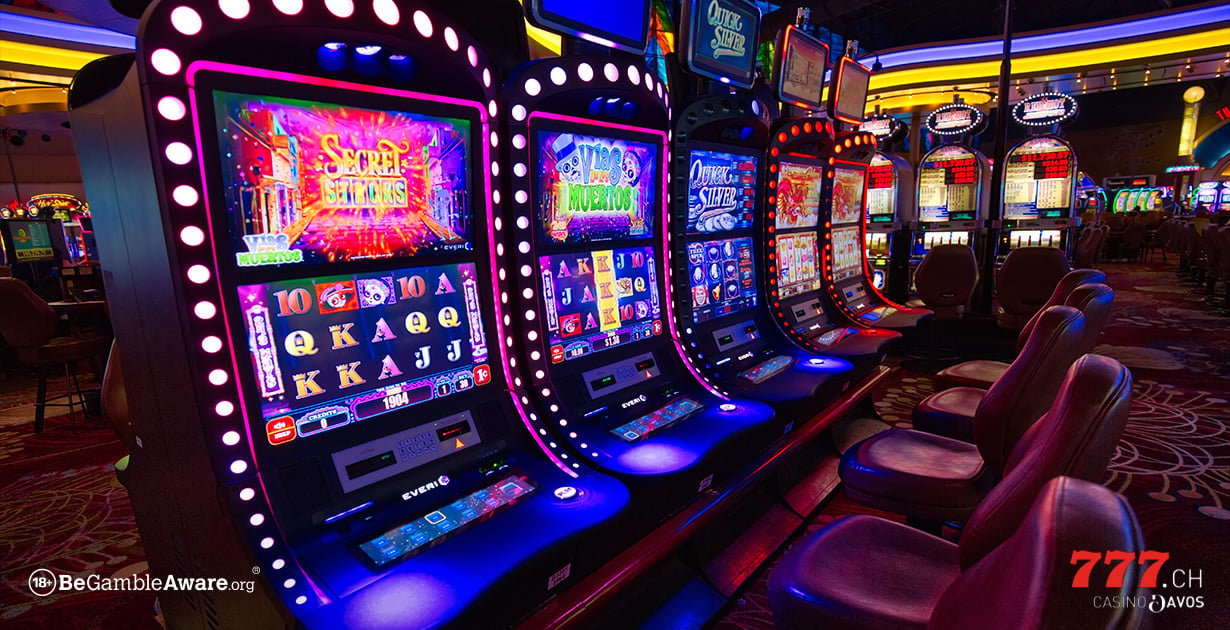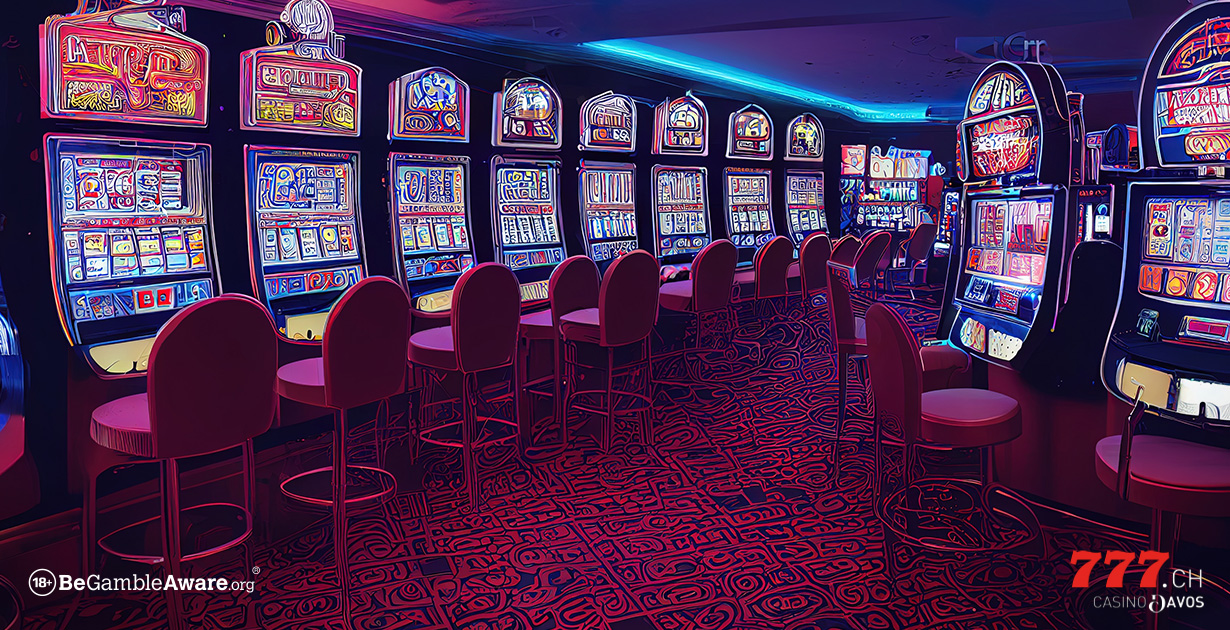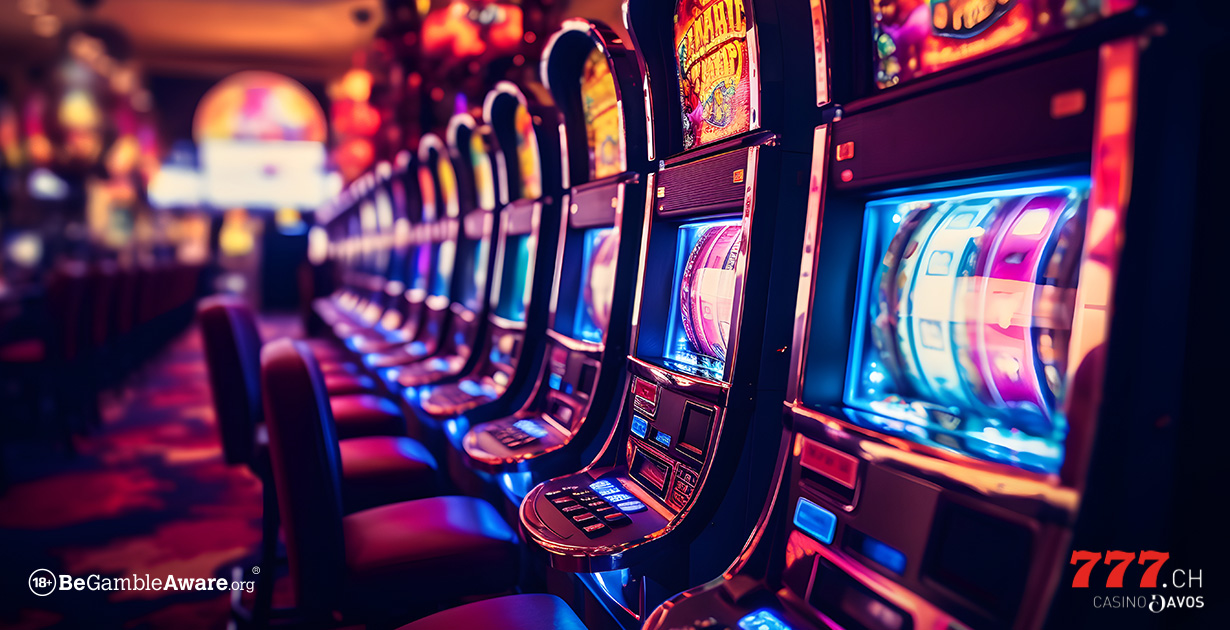Blackjack is one of the classic casino games that has enjoyed unbroken popularity alongside roulette for a long time. An essential reason for this are the very fair payout quotas, the simple rules but also the numerous blackjack variants.
House rules of Black Jack
Many of these house rules were created in Las Vegas to differentiate themselves from other casinos and motivate guests to play more in the casino with their preferred rules. These rule changes can reduce the house advantage (statistical advantage of the bank over the player) and increase the guests’ chances of winning. For example, the rule that the player is allowed to double after splitting. Mostly, however, the house compensates by a rule that increases the advantage of the casino, such as: the dealer draws with soft 17 cards until hard 17 or more are reached.
It is not about variants like Double Exposure or playing with the hole card but about the changes of the following possibilities in the rules:
Number of cards Games (Decks)
The number of card decks used for the game has big impact on the house advantage. Basically, the fewer card games (52 cards, 2 to 10, bub, queen, king and ace in the four game colors of cross, diamonds, hearts and spades – although the color only plays a role in some side bets) there are in the sled or out of the hand, the better for the player:
The most common variant is to play with six decks, i.e. 312 cards. The house advantage over the six decks changes:
- Single Deck (52 cards): – 0.43%, i.e. the player has 0.43% less disadvantage compared to the bank.
- Double Deck (104 cards): – 0.12 %
For the 8 decks sometimes used, on the other hand, the Bank’s advantage increases by 0.04
Since the bank advantage of a few decks is very small, these games are mostly played with high minimum stakes.
Sharing the hand
There are two basic differences:
- Sharing is “infinite” often possible
- Splitting is limited to four, six or eight times.
Sometimes special rules apply to sharing aces. Depending on the number of decks the advantage for the player changes, on average it is about plus 0.1% if unlimited sharing is allowed.
- Double after sharing: plus 0.14%.
Sometimes curious situations arise when sharing is allowed as often as possible. I once had to watch an overmotivated player 17 times! Tens, which is as unlikely as it is incorrect. The dealer will also hardly forget this situation, as he desperately tried with the help of the hall manager to find room at the table for his hands and to keep the overview.
Doubling the hand
- Each hand may be doubled (Any two Card double down)
- Only 9, 10 or 11 may be doubled.
The bank’s advantage decreases by 0.1% if each hand can be doubled. Especially against 4 to 6 the dealer doubles – also some soft hands of the player.
Dealer takes 17 at soft
If the dealer moves at soft 17 until at least hard 17 is reached, the bank’s advantage increases by 0.2%.
Player’s Black Jack Payout
- 6:5
- 3:2
Paying out the Black Jack with 6:5 instead of 3:2 increases the bank advantage by 1,2 % !
Surrendering the Hand (Surrender)
If it is possible for the player to give up a “weak” hand (that is, the player loses half of his bet immediately, without betting an action such as Stay or Card), the Bank Advantage decreases by 0.2% on six decks.
In principle, 16 of the player is given up against 9, 10 and Ace of the bank and 15 against 10.
Special bonuses of Black Jack
- 777: The house pays the bet in a 3:2 ratio or even double if the player has 3 sevens. Some casinos offer this option, even immediately – even against the dealer’s ace.
- Five Card Charlie: the house pays out the player’s bet immediately – sometimes with odds up to 5:1 – if the player reaches 21 or less with five cards.
- Blackjack after splitting tens: tens (all tens cards) are split and the next card to the tenner is an ace, this hand is treated as Blackjack.
Since all these special house rules depend very much on the method of payment (odds, wins immediately) the decks used and other house rules, the percentages vary greatly. Be careful, however, as some players may be tempted to draw incorrectly, such as splitting tens.
Black Jack side bets
From the large number of side bets I would like to mention only the best known and most widespread:
- Perfect Pairs: the player bets on a pair on his box. Depending on the probability, the payout odds change. For example, two jacks of spades and diamonds are paid less than a “perfect pair”, e.g. two jacks of spades.
- Insurance: if the bank has an ace, the player can insure himself against a bank blackjack. Usually exactly half the bet on the box, but also twice the bet on the box, sometimes even the table maximum can be bet. If the dealer draws a blackjack, the insurance is paid 2:1.
- Swiss Jack: the player bets on a bank blackjack (before the cards are dealt). A “Swiss Jack” Black Jack in clubs pays 300 times the bet.
- Bust: The player bets that the bank will sell, i.e. have more than 21 points. This bet must also be placed before the first card is dealt.
Here, too, the house advantage varies greatly, but is usually high. For example the insurance: the payout is 2:1 but the probability for a Blackjack is only 4:9 or 4/13 (approx. 30%).
The attraction of the additional games lies in the possible high payouts.
Conclusion
The individual house odds sometimes vary greatly in the combination of house rules. Therefore the mentioned percentages are approximate values. Choose the set of rules that suits you best and then try to find a corresponding basic strategy.
In the next blog we talk about the possibility to “turn” the house advantage to the player’s side: Card Counting.
Stay curious!






